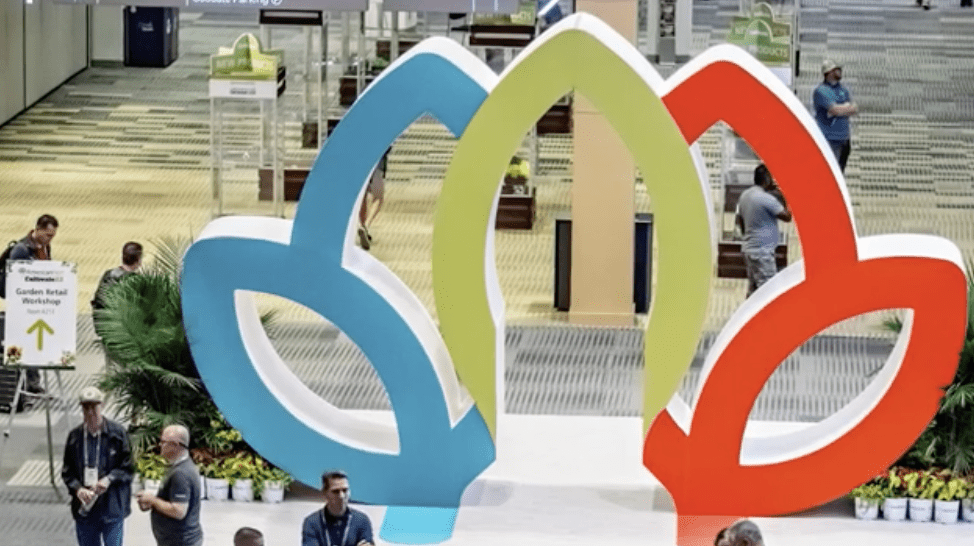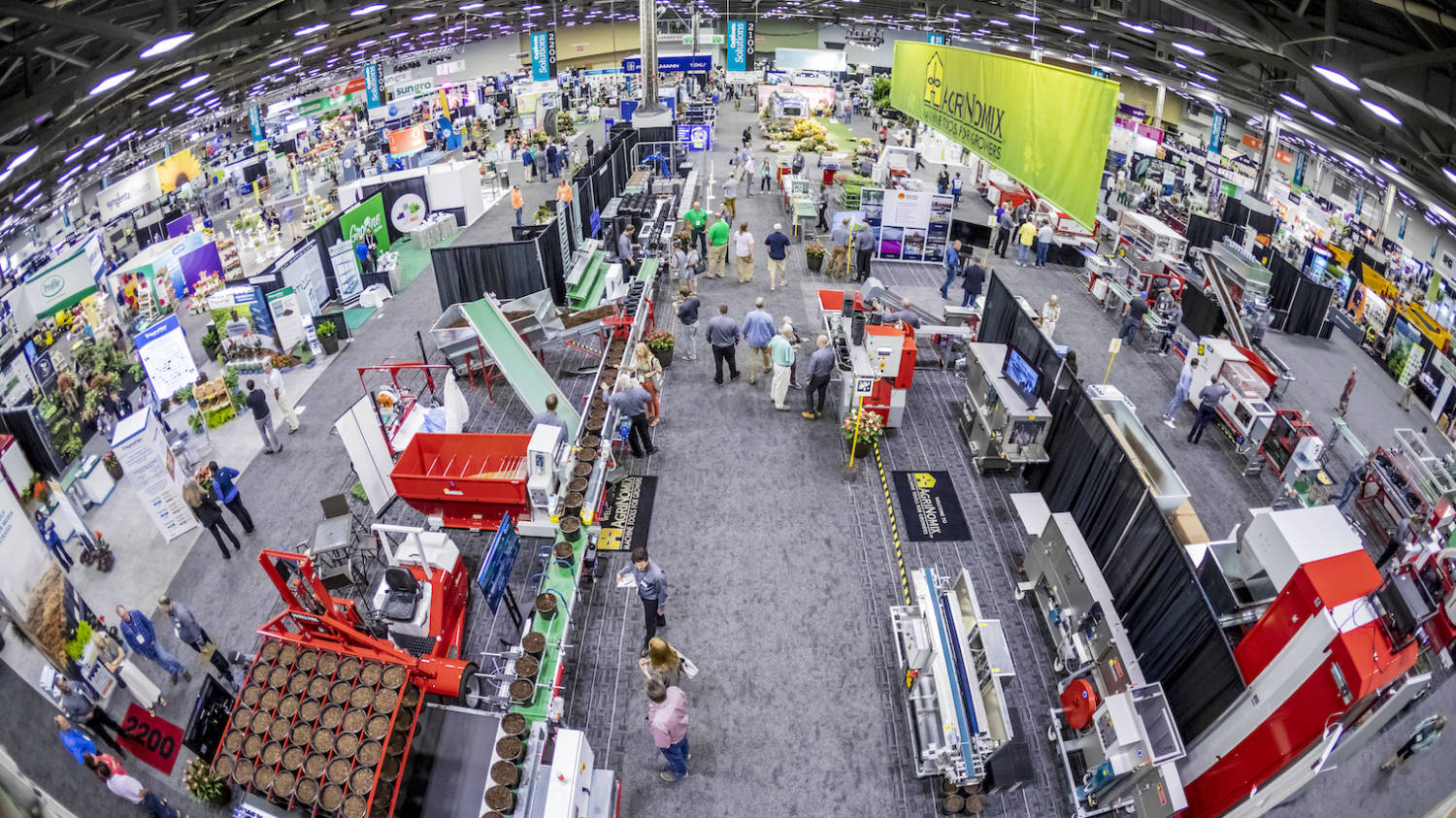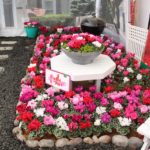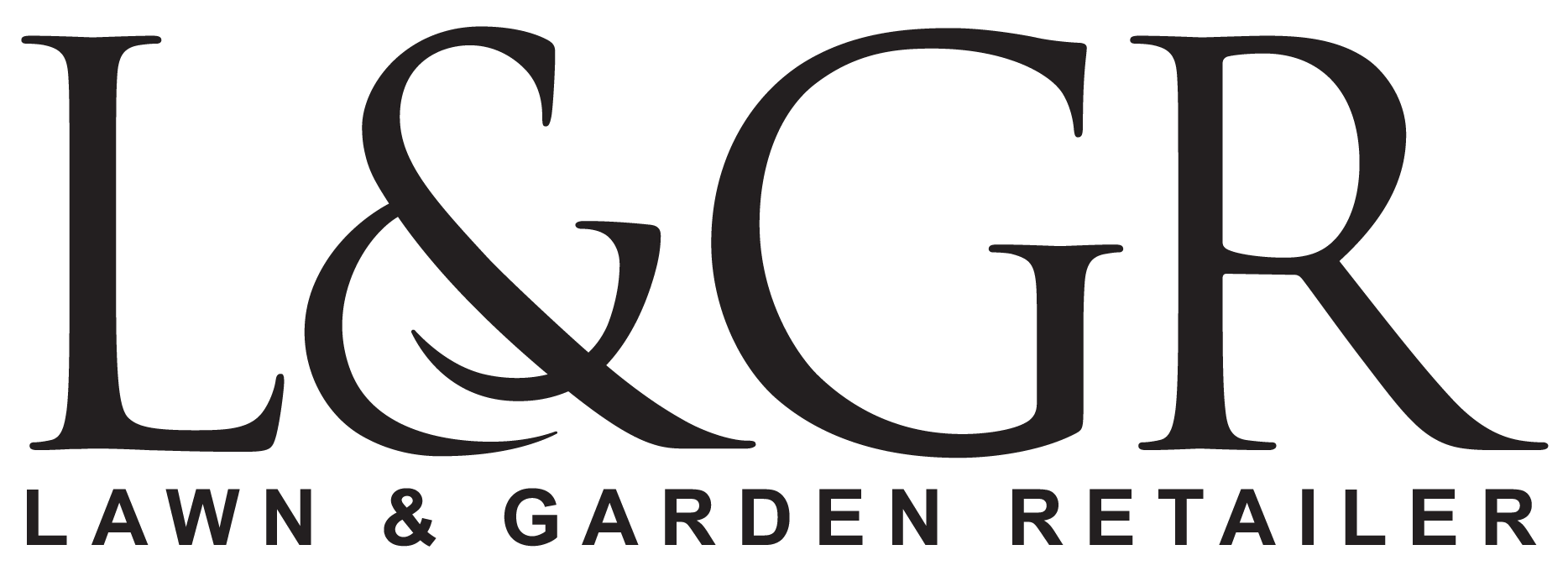
Forty under 40 perspectives: Adopting new technology to overcome challenges

Woodburn Nursery started in 1968 with a 25-by-96 greenhouse in my grandparents’ backyard. Since then, we have grown to over 100 acres under cover, as well as several hundred acres of pot-in-pot and canyard production.
There have been many technological advancements over the years that have enabled us to grow. That, along with great foresight, have created a culture of continuous improvement and opportunity that may make us better.
Here are some reasons we invest in new technology and the impact those decisions have had on our family business.
STABILITY
In the early days at Woodburn, each greenhouse was a unique environment that had its own set of controls, as well as the headaches that came along with them. Thermostats to control temperatures in the greenhouses were never consistent, labor-intensive to manage and often unreliable at critical moments.
That is, until we discovered Argus environmental controls. The Argus computer control system set us up for success by giving us quality instruments with accurate readings, reliable functionality and historical data, along with the ability to manage our entire greenhouse ecosystem from one screen.
QUALITY AND CONSISTENCY
One expectation at Woodburn is focused on growing consistent, quality material that customers can rely on year-in and year-out. One way we achieve that is by automating many steps of the production process. Batch mixing soil in a cement mixer used to be the standard, until an in-line soil mixing system enabled us to blend consistent mixes without the fear of missing or potentially doubling a component.
Over the years, we have utilized many different types of trimming machines to help us provide consistent quality to our customers. In recent years, advancements in drone and GPS technology to map crops has enabled us to utilize nearly autonomous equipment to do the job of a dozen hand trimmers, with the added benefit of consistent shaping from plant to plant.
SUSTAINABILITY
About 10 years ago, the IPM manager began experimenting with beneficial insects in a few of the greenhouses. Fast forward a few years, and he convinced ownership to create a small insectary where we could rear our own army of predatory insects. Not only did this experiment work, but we soon outgrew the original space and have exponentially grown our insect production enough to annually cover most of Woodburn’s outdoor acreage as well. This has become an integral part of our IPM program and drives sustainability initiatives.
MAKING TASKS EASIER
Technological improvements we’ve seen over the years haven’t only made production efficiencies and crop quality better but have also made life easier for crews. Moving plants around the nursery used to be all done by hand. Now, we have a fleet of forklifts with specialized forks custom-fit to our containers, along with robotic buffer belts that stack the plants into blocks, enabling one driver to pick up and move an entire trailer full of plants at the same time. This has also developed into a similar concept to utilize the fork system for spacing plants in the field.
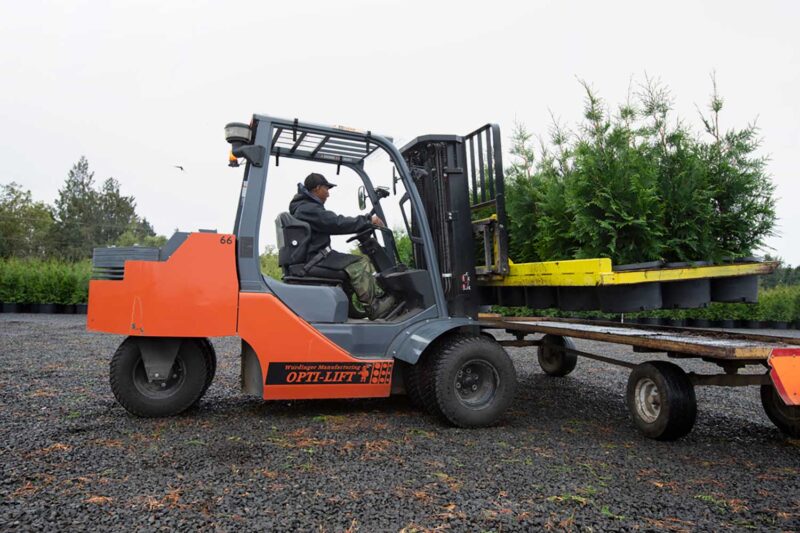
A BETTER EXPERIENCE
Last year, our organization went live with a new ERP system for the first time in over two decades. The old system worked well for what it was, but we needed to make a drastic change in order to serve customers the way we wanted to.
By utilizing new software and processes, we have overcome some of the hurdles that delayed order confirmations, order processing times and general ability to quickly respond to customers’ needs. While a new software system may come with a hefty price tag, the advantages of having accurate information, timely responses and efficient processes will surely pay dividends in the long run.
COST SAVINGS
This is obvious and one of the first reasons people look to technology to improve their business — but what are we sacrificing to save that extra dollar?
Most new technology includes a substantial capital investment up front, before we start to see any return on it. Also, is a new technology going to align with other goals of producing a sustainable, quality, consistent product that brings value to customers?
New technology is coming to the industry at an alarming pace. Drones, robots, AI and the like have enabled us to increase efficiencies and complete monotonous tasks with ease — and it’s only getting better.
Are we content with the way we’ve been operating, or are we willing to take a chance on a piece of equipment knowing it may one day end up in the scrap heap? At Woodburn Nursery, we’ll continually take chances to create growing value for customers.
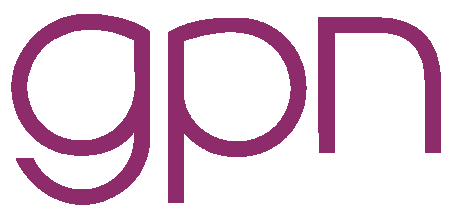








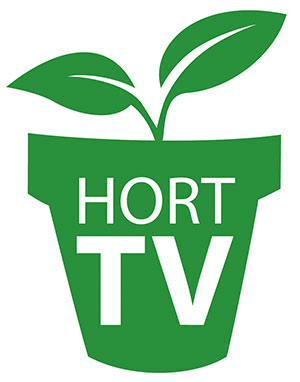 Video Library
Video Library 